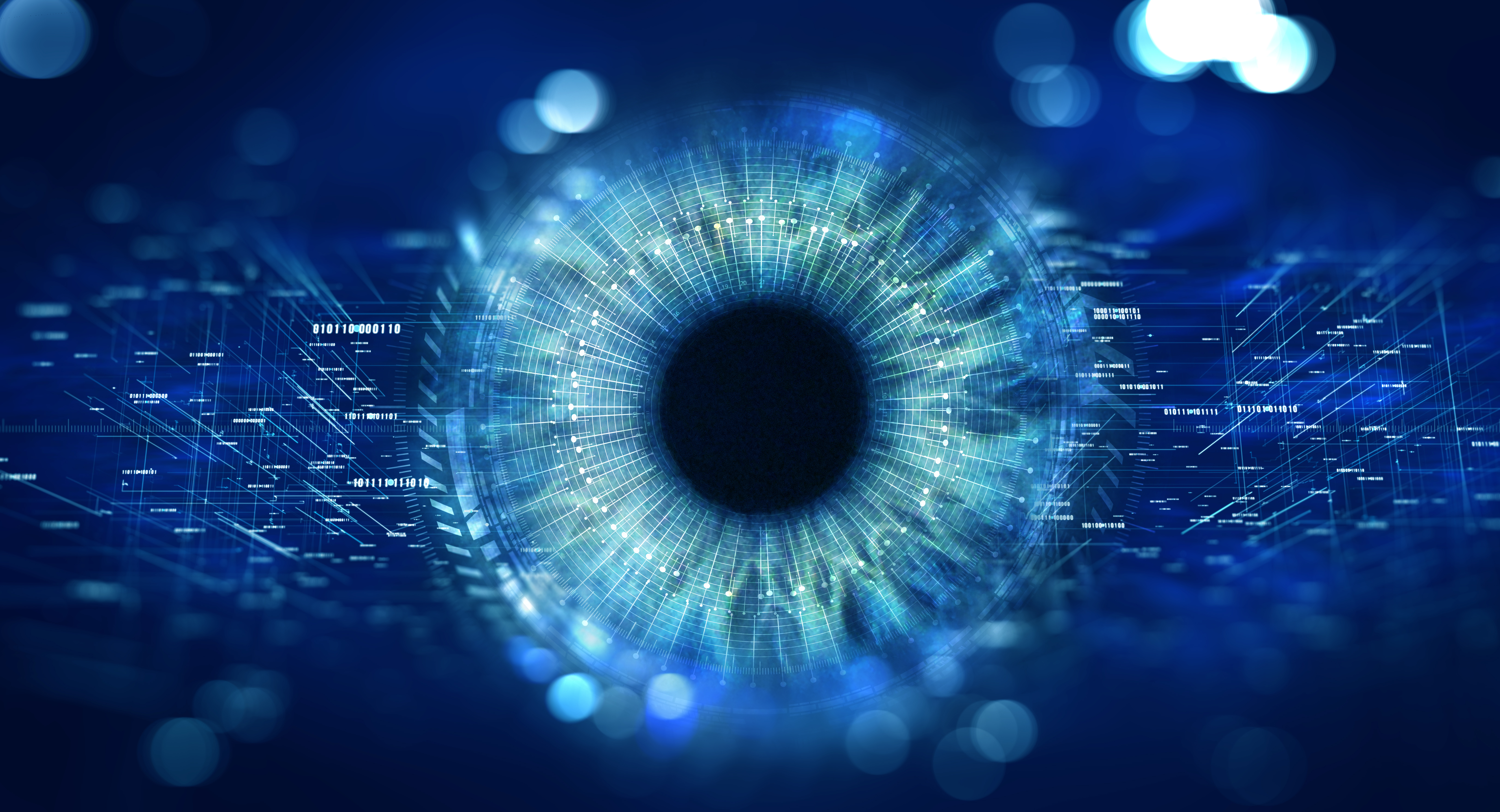
Seafarers are routinely working at the limits of their physical abilities, a new study has concluded. Nautilus members got a chance to discuss the results of the research into the challenges of vision, perception and decision-making at sea at the Union's recent professional and technical forum…
New research has raised important questions about the time available for seafarers to adjust their vision during night-time watchkeeping, last month’s Nautilus professional and technical forum heard.
Jeff Parfitt, the new marine director of the Confidential Hazardous Incident Reporting Programme (CHIRP), told members at the meeting that the study had been carried out in collaboration with the experts at University College London and had resulted in a package of recommendations to address the safety issues.
'This is the first project of its kind in shipping and, once again, we have borrowed an initiative from the aviation industry to examine to way we see things, how we perceive situations, and make decisions based on those perceptions,' Mr Parfitt explained.
The findings from the charitable trust's project, which was funded by the Lloyd's Register Foundation, have resulted in the production of guidance for seafarers and managers, and are to be put before the International Maritime Organisation in the hope that regulatory improvements can be made in response.
The study team worked with P&O Ferries and the marine equipment firm Transas to assess the complex demands and challenges facing watchkeepers – having to assimilate multiple information sources, such as alarms and sensors. 'The need to switch between modes of focus, such as near (to read and use the ECDIS and radar) and far (to spot a contact on the horizon), coupled with the challenge of maintaining distance focus when looking out to sea, makes watchkeeping a more complex task than we thing,' the report notes.
Mr Parfitt said the researchers had underlined the pressures that seafarers are exposed to. 'We are working at our brain's limits for much of the time,' he pointed out. 'We might think we can track several objects at once, but we can only hold our focus on four if they are moving.'
The report explains that the multiple demands on attention and the constant pressure on perception, combined with stress and fatigue, can have an adverse effect upon seafarers' decision-making abilities. 'This is why it is important to communicate information clearly with our crewmates – it gives us a broader view on events and helps us come up with more relevant and useful solutions,' it adds.
The majority of severe incidents occur during the hours of darkness and Mr Parfitt said the study suggests that this is connected with the problems associated with night vision. Not only is there a 'night blind spot' that reduces the ability to see objects as clearly as you can during the day, but it also takes up to half an hour for the eyes to adjust after moving between bright and dimly lit conditions.
'The time to adapt increases with age and the resulting night vision abilities are less good in older people,' the report adds.
The study recommends the use of red lights, or red-lensed glasses, to help the eyes adapt to dark conditions before going onto the bridge at night. It warns that even brief exposure to bright screens will compromise night vision, and seafarers should ensure that displays are changed to night mode or dimmed during hours of darkness. The shipping industry also needs to set recommendations for the luminance levels of workstations, the report adds.
The majority of severe incidents at sea occur during the hours of darkness.
Mr Parfitt told the forum that perception at sea is also affected by factors such as distance, speed and weather conditions, as well as the angle at which objects are being viewed from. The report says seafarers need to be aware of such limitations and, where possible, check with colleagues on the size and distance of objects they spot – and use 'multiple clues' to judge size, speed and distance.
Researchers said seafarers should ensure they lift their head up – rather than simply glancing - when scanning the horizon, as this will improve the awareness of near and far space as the most appropriate part of the eye is used.
'The eye takes time to refocus between near and far modes, and loses focus within about a minute of not having something to focus on – especially with distant objects,' the report points out. 'We must be constantly aware of the limitations of glancing between screens and out of windows, or simply scanning the horizon for an extended period of time, because there is a cost to both switching and staying focused.'
While 'human error' is usually blamed for shipping accidents, Mr Parfitt said this masked many serious underlying problems – including mental stress and fatigue. 'Ten years or more of shift work can induce chronic fatigue,' he pointed out. 'Six-six shifts and engineroom work mean many seafarers don't see sunlight for long periods and this can lead to reduced cognitive function and long-term health issues.'
The report advises seafarers to try to get some exposure to daylight every day, to help their body clocks adjust. And crew members should also consider taking Vitamin D supplements if they don't get the opportunity to be out in the sunshine on a regular basis.
- CHIRP has released a booklet and an accompanying video which summarise the research findings and recommendations.
Tags
